How To Use Camera Sensor For Dolphin
Camera sensor size can assist you lot predict epitome quality before a camera even comes out of the box.
A camera's sensor is the part of the photographic camera actually capturing the paradigm. It plays a big role in what the resulting image looks like.
But what does camera sensor size hateful? And why does information technology thing?
Sympathise when you need a bigger photographic camera sensor — and when yous don't — in this beginner'south guide.
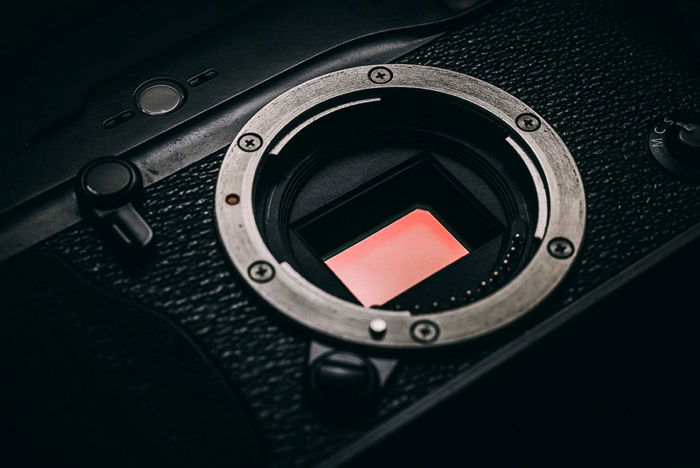


Photographic camera Sensor Sizes Explained
The camera sensor is like a single exposure of film. It tin exist used over and over over again. Merely like photography picture comes in different sizes, digital cameras have dissimilar sensor sizes.
In a digital camera, the sensor is like a solar console that gathers the calorie-free to create an image. A larger camera sensor will get together more light, creating a better image overall.
Camera sensor sizes are standardized. This makes information technology easy to compare the size of the sensor in one photographic camera to the size of the sensor in some other.
There is some variation, Canon's APS-C is smaller, for example. But the variations are slight enough not to make a noticeable divergence in the final image.
Excluding the expensive medium format digital camera, the standard camera sensor sizes are:
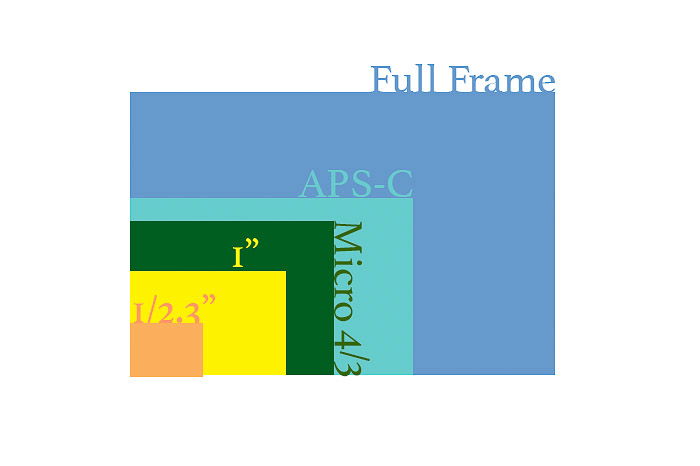
- Full frame: A total frame sensor is based on the size of 35mm picture, measuring around 36 by 24mm. Full frame sensors are plant in professional level DSLRs and mirrorless cameras. Some very high-end compact cameras also have information technology.
- APS-C: An APS-C sensor crops the total frame image by nigh 1.5x, measuring around 22 by 15mm. This is the size sensor found in most entry-level to mid-level DSLRs. Some mirrorless cameras such as Fujifilm'due south, and sometimes a high-cease compact camera also have information technology.
- Micro 4 Thirds: The Micro Four Thirds sensor camera launched with the start of the mirrorless camera. Information technology was to find a happy medium between camera size and image quality. The Micro Four Thirds sensor has a 2x crop compared to a full frame sensor, measuring 17.three past 13mm. Olympus mirrorless cameras use a Micro Iv Thirds sensor. Then do most Panasonic mirrorless cameras.
- One inch: Designed for compact cameras, the one-inch camera sensor measures about xiii.2 by 8.8 mm, with a 2.7x crop from total frame. A ane-inch sensor is found in a high-end compact camera. It packs more quality than a compact camera, but not as much every bit a DSLR or mirrorless camera.
- Compact camera and smartphone sensor sizes: The sensors in typical compact cameras and smartphones take more than variation. All of them are small considering the size of a full frame sensor. A 1/2.3-inch sensor is one of the most popular sizes, along with sizes similar a i/ane.vii-inch.
Cameras with a sensor smaller than full frame take what'southward called a crop cistron. Because the photographic camera sensor is smaller, the paradigm is cropped in closer.
Full-frame sensors offer the virtually quality. But at that place are a few perks to picking up a photographic camera with a smaller sensor.
And so what are the pros and cons of going with a large sensor compared to a small i?
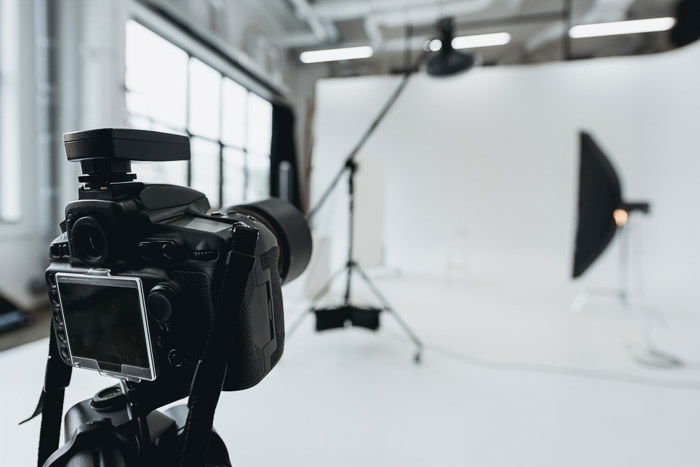
The Pros and Cons of a Big Camera Sensor Size
Larger Camera Sensors Have Ameliorate Paradigm Quality
Camera sensor size is 1 of the biggest indicators of epitome quality. Other influencing factors are the number of megapixels, the pattern of the camera sensor, and the camera's processor.
Larger camera sensors capture images with more light, less noise, more than item, and more of that beautiful background blur, to name a few.
When comparing two cameras, if ane has a larger sensor, that i will take better epitome quality.
Larger Photographic camera Sensors Gather More Light
One of the reasons larger camera sensors mean a better epitome has to do with calorie-free. The larger the expanse of the sensor is, the more light it tin gather in a unmarried shot.
Larger camera sensors are fantabulous for depression light photography for that reason. A larger camera sensor tin gather more light even with the same shutter speed and aperture.
That's why they tend to do improve at any type of shot where the lighting is limited. For instance, photographing a dark landscape or photographing a theatre production, concert, or night dance floor.
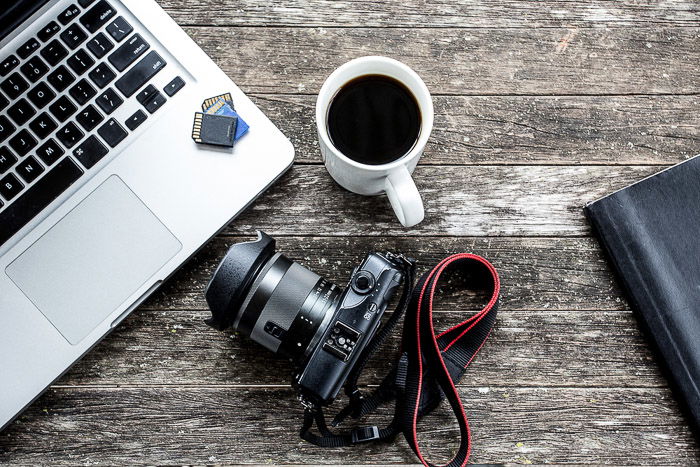
Larger Photographic camera Sensors Handle High Megapixel Counts Meliorate, With Less Noise
Camera sensor size and megapixel count get hand-in-hand. Merely a college megapixel count is always amend on a larger camera sensor than on a smaller one.
A l-megapixel total frame sensor will have larger pixels than a 50-megapixel APS-C sensor. Those megapixels take more room on that larger sensor.
That'southward why it'south much easier to find a l-megapixel full-frame sensor than it is to find a 50-megapixel APS-C sensor.
More than megapixels create a higher-resolution prototype with more details. Simply, trying to fit a lot of megapixels on a smaller sensor creates problems when it comes to low light photography. Those pixels are so small.
A small sensor with 25 megapixels will have more noise or grain at high ISOs than a full frame sensor with 25 megapixels.
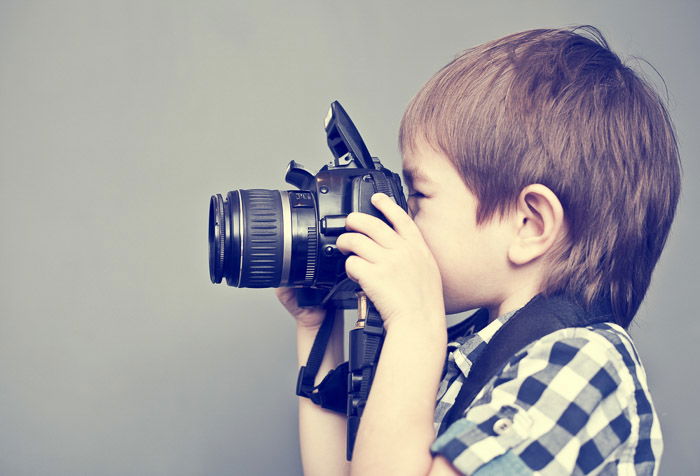
Larger Camera Sensors Create More than Background Blur
Ever wonder why you can't get that nice soft background blur from your smartphone? Larger camera sensors make that prissy soft background easier to attain. This is near impossible with a smaller sensor.
That's why smartphone companies are faking background blur using artificial intelligence in portrait style. The sensors are just too small for the real thing.
If you want that soft groundwork blur or narrow depth of field, you desire a full frame camera with a wide aperture lens.
Larger camera sensor sizes create more background mistiness in a number of dissimilar means. The larger sensor size increases background blur due to the enlargement factor.
Larger sensors don't crop the prototype. Photographers will also tend to become closer to the subject, which will also increment groundwork mistiness.
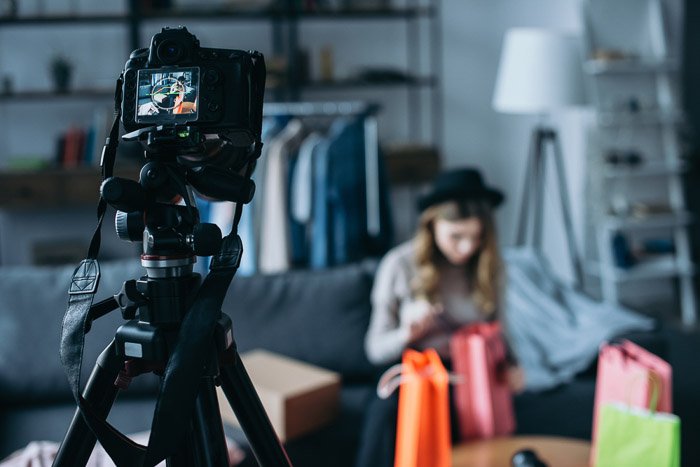
Smaller Camera Sensors Let for Better Zooms
Total frame cameras may have the cake when it comes to image quality and background blur. But if y'all desire to go up close, a smaller sensor has a few perks.
The camera sensor's ingather gene means smaller sensors brand it easy to get up close to the field of study. Zoom lenses are also smaller and cheaper when designed for smaller sensor cameras.
For instance, the Micro 4 Thirds sensor has a 2x crop factor. That means a 300mm lens is really a 600mm lens.
One of the biggest perks to a smaller sensor is that information technology's easier to get up close. Without conveying around a huge, $10,000 600mm full frame lens.
That's a big consideration for photographers that can't motion closer to the subject. This includes wildlife photographers and sports photographers.
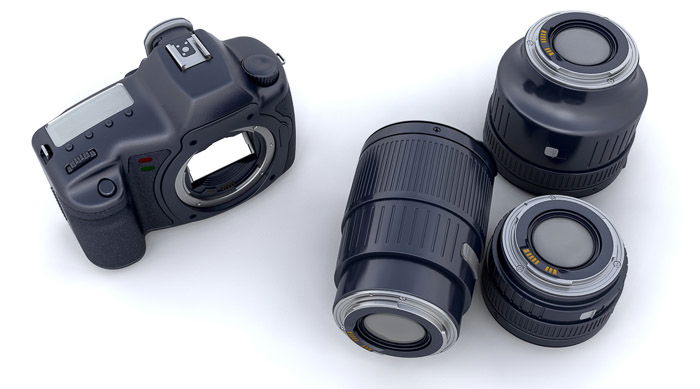
Smaller Camera Sensors Mean Smaller Cameras Overall
If the camera sensor is smaller, in general, the unabridged camera will also be smaller. That's non truthful 100 percent of the time (like with the large Micro Iv Thirds Olympus OM-D Due east-M1X).
But about of the time, smaller sensor cameras weigh less and are more compact.
If you want a adept travel camera, a smaller sensor camera may be easier to pack. The growth of mirrorless camera changes this some.
It'southward now easier to find a compact full frame camera than always before. But most Micro Four Thirds and APS-C mirrorless cameras are however more compact.
The bigger reason that smaller sensors mean smaller camera systems is that the lenses are smaller. You can pack a 150mm lens to get the achieve of a large 300mm lens on a Micro 4 Thirds organisation, for case.
The perk is with the biggest telephoto lenses, the broad angle lenses won't offering much of a difference.
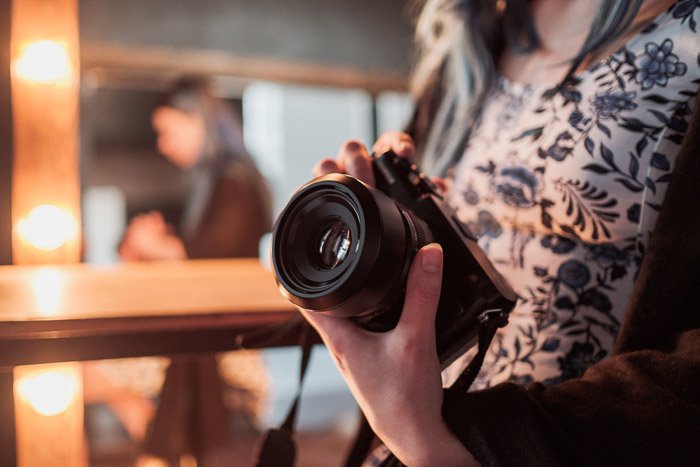
Smaller Camera Sensors Are More Budget-Friendly
One of the biggest reasons to skip the total frame? The cost. Nigh full-frame cameras are professional-level gear.
Entry-level full frames tin be picked upward for around $one,200 to $ane,500. But many are $ii,000, $3,000 and fifty-fifty higher.
Photographers on a budget tin get most of the same perks by choosing a mid-sized sensor. Sure, an APS-C sensor isn't quite as skilful every bit a full frame sensor. But information technology is mode ahead of smartphones and meaty cameras.
The entry-level options tin be picked up for a few hundred dollars instead of a few thousand.
Some smaller sensor cameras are able to pack in more high-end features without getting also crazy with the toll point.
Finding avant-garde features like 4K video and in-body image stabilization for under $1,500 is often easier with a Micro 4 Thirds camera system.
Conclusion
Camera sensor size is the biggest indicator of image quality. It'due south besides important to annotation that it's non the but quality indicator. More megapixels will increment detail (but likewise tend to decrease low light quality).
A backlit sensor is also amend than a sensor of the aforementioned size that's not backlit. The camera's processor or congenital-in computer handling those images also play a role in image quality. Newer processors tend to produce less grain on the prototype than older processors.
The lens plays a function in prototype quality every bit well. Whether that lens is attached to the camera or interchangeable.
Larger photographic camera sensors capture better images. This is especially true in low light, with more background blur and the potential for fitting in more than megapixels.
Smaller photographic camera sensors, meanwhile, offering more than zoom, smaller overall camera sizes, and lower price points.
So what sensor size is right for you? If you want maximum groundwork blur and the all-time depression calorie-free quality, choose a full frame camera.
If you lot want nevertheless slap-up photos on a upkeep, try an APS-C photographic camera. And if you want a travel-friendly interchangeable lens camera or demand some serious zoom power, consider a Micro Four Thirds sensor.
Source: https://expertphotography.com/camera-sensor-size/
Posted by: munsonthadine.blogspot.com


0 Response to "How To Use Camera Sensor For Dolphin"
Post a Comment